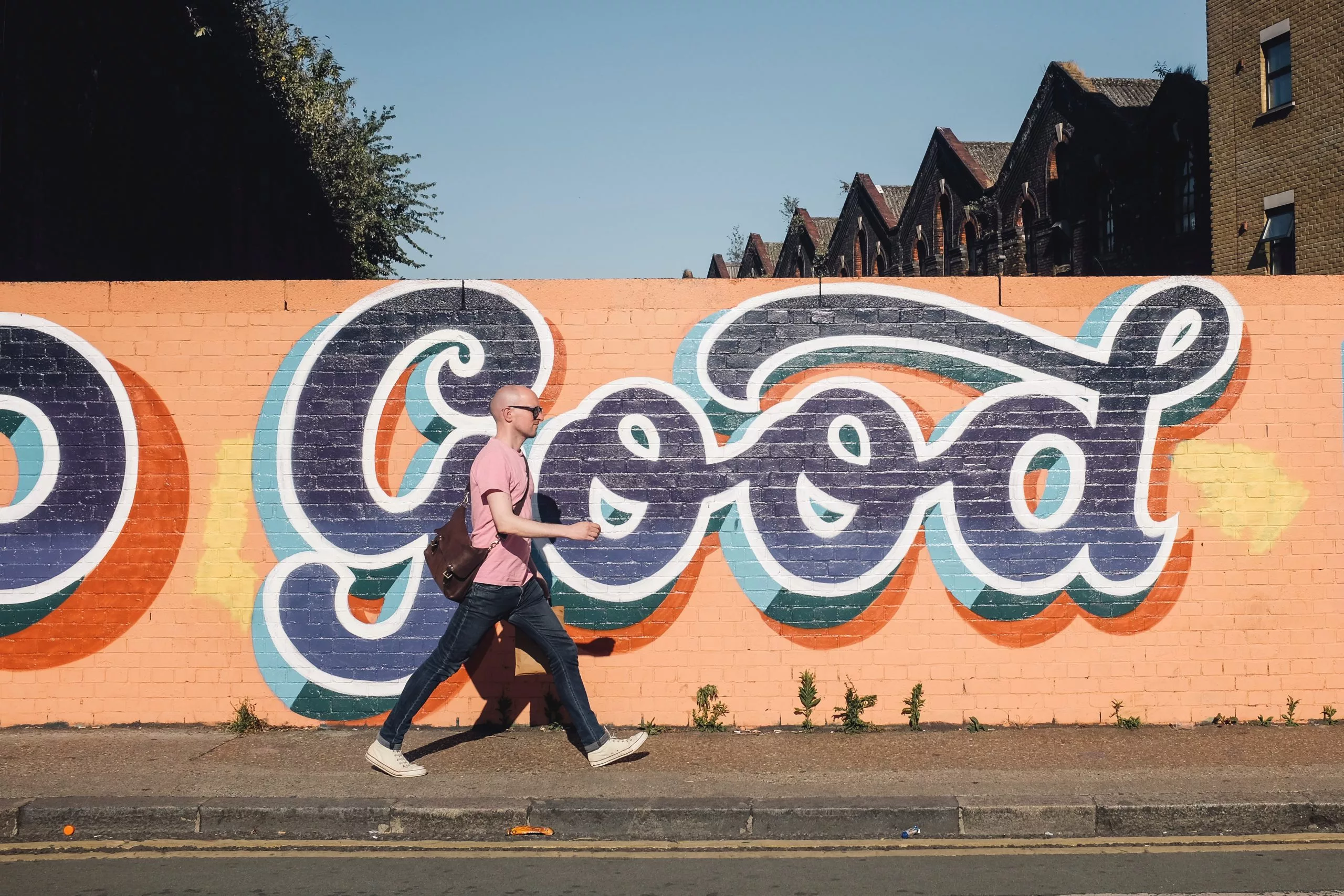“Social entrepreneurship describes a set of behaviors that are exceptional. These behaviors should be encouraged and rewarded in those who have the capabilities and temperament for this kind of work.”
– Gregory Dees
Many businesses today are committed to doing more than creating profits for founders, paychecks for employees, and dividends for stockholders. They see themselves as social enterprises. A social enterprise is an organization that applies commercial strategies to maximize improvements in financial, social, and environmental wellbeing.
“Adopting a mission to create and sustain social value is what distinguishes social entrepreneurs from business entrepreneurs,” said the late Gregory Dees, former Director of the Center for the Advancement of Social Entrepreneurship at Duke. “For a social entrepreneur, the social mission is fundamental. … Social entrepreneurs look for a long-term social return on investment. They want more than a quick hit; they want to create lasting improvements. They think about sustaining the impact.”
One popular form of social enterprise is starting businesses to provide jobs and training to disadvantaged youth or to improve local communities. But most of these efforts fail because the businesses aren’t large enough to survive long-term. Another approach is where a for-profit company commits to a certain level of charitable giving to favorite causes, or sets up a not-for-profit foundation of its own. A third type of social enterprise is the “sell one, give one” model where products, rather than cash, are given in direct proportion to sales.
These three approaches could be called Social Enterprise 1.0.
A less common but more viable social enterprise model could be called Social Enterprise 2.0. It features a for-profit business and a charitable foundation whose symbiotic partnership takes social enterprise to the next level.
The Social Enterprise 2.0 business is committed to making money, but that’s not the primary reason for its existence. Its purpose is to fund the philanthropic vision of the founders for the long haul.
One example of Social Enterprise 2.0 is OWP Pharmaceuticals and the ROW Foundation. OWP and ROW were conjoined from birth so that profits from the business would fund the foundation’s mission, which is to improve the quality of training, diagnosis, and treatment available to people with epilepsy and associated psychiatric disorders in under-resourced areas of the world.
Scott Boyer left a 30-year career in Big Pharma to start OWP and ROW. He explains the hybrid model like this:
A nonprofit (ROW) holds a significant shareholder stake in a for-profit business (OWP). When the for-profit makes money, it pays dividends to its shareholders and the nonprofit gets its share. Since the nonprofit is an invested strategic partner, it’s difficult to sell the for-profit without the nonprofit’s approval. If the for-profit is sustainable and scalable, it will provide ongoing revenues for the nonprofit to carry out its humanitarian mission. As the business thrives, so does the nonprofit.
There are some challenges facing social entrepreneurs, whatever structure they choose. In a 2018 article for the World Economic Forum, Kyle Zimmer and Kristine Pearson identify several, including: inconsistent access to capital, complex agendas, non-transparent reporting, and burnout of leaders.
The OWP/ROW model manages to avoid or minimize these. It frees the foundation from the time-and-cost-intensive effort to find, win over, and retain donors. Instead, it is funded by the profitability of the business. It isn’t dependent on outside capital. It generates what it needs to operate and to donate. Its agenda is straightforward: sell quality meds in the US and make grants of medications and funds for equipment and training in under-resourced areas. Its financials are public. Its leaders are energized by their work and want to stay involved as long as possible.
“My strength is in the pharmaceutical industry,” Boyer says, “More specifically, in strategic planning and commercializing products. That’s where I spent my career and where I can have the most impact. I’m not trying to reinvent myself; instead, I’m focused on making the most of my experience and training.”
By creating this hybrid social enterprise, Boyer and his fellow founders have secured sustainability for ROW to continue its work, even beyond their direct involvement. Boyer calls it “sustainable philanthropic foresight.”
This undertaking is in unchartered territory. Boyer has a lot of his own time and money on the line. Still, he insists, “This is the most exciting thing I’ve ever done. It makes me want to get up every morning. And every night when I lay down to sleep I think about the ongoing impact and lasting legacy this new social enterprise represents.
“I hope what we are doing will serve as an example to entrepreneurs in other sectors to build companies that promote the wellbeing of humanity,” Boyer adds. “My challenge to others is to pick a cause and start thinking about how to use this unique model to create a sustainable way to positively impact it. What are your areas of training or expertise? What is your area of passion? What is your calling or cause you want to impact? When are you going to do something about it? As William James once said: ‘Act as if what you do makes a difference. It does.’”




